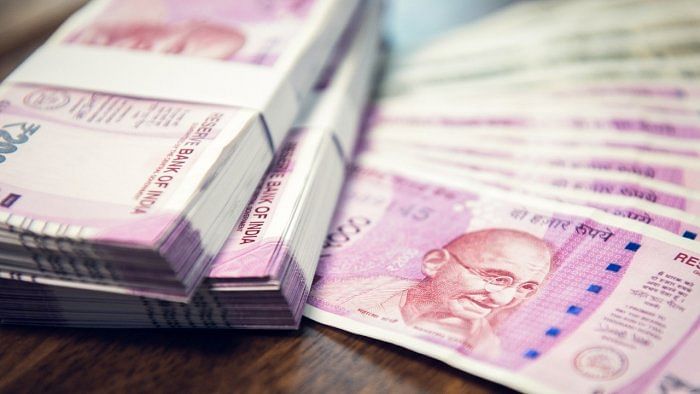
India will soon see the single-biggest outflow of foreign capital when Switzerland-based building materials conglomerate Holderind Investments Ltd (Holcim) sells its stake in two cement firms — Ambuja Cement and ACC — to possibly an Indian buyer. The Adani Group, JSW Group, Aditya Birla group and Dalmia Bharat have evinced interest in buying Holcim's stake. The deal could be valued at $10.35 billion (₹79,238 crore) or more.
Holcim had ventured into the Indian market in 2005 and today owns 63 per cent of Ambuja Cement along with a 5 per cent direct stake in ACC. Ambuja, in turn, owns 50 per cent of ACC. Together, the two entities account for nearly 27 per cent of the total cement capacity and over 12 per cent of the market share in the country.
Though most multinational exits raise the hackles, the exit of Holcim, so far, hasn't prompted anyone to press the panic button. That's surprising, given the fact that there has been a flight of capital out of India over the last year — foreign portfolio investors (FPIs) have pulled out ₹79,028 crore (or $10.3 billion) from the financial services sector between April 1, 2021, and March 15, 2022.
Perhaps, multinationals quitting the Indian market has become routine news. While filing this opinion piece, there was news that Adani Wilmar has acquired renowned basmati rice brand 'Kohinoor' from McCormick Switzerland GmbH.
Multinationals come here with big dreams and then face reality — labour issues, high taxes, cost-consciousness of the Indian consumer and the unpredictable regulatory environment. Unable to cope, they shut shop.
Over the last decade or so, we have seen many MNCs quit the Indian market in industries like automobiles (Ford, General Motors, Harley Davidson, Fiat, MAN Truck and Bus, to name a few), telecom (Telenor, Etisalat and Hutchison), energy (AES, SunEdison and Cairn) and banking and finance (Royal Bank of Scotland, Fidelity Mutual Fund, Barclays Plc, Morgan Stanley, Deutsche Bank and Citibank).
There may be some merit in not being overly concerned by Holcim's exit. For one, this doesn't seem to be an aggrieved exit. Holcim is most likely exiting India to align itself with its sustainability strategy. Given the high carbon footprint of the cement industry, Holcim is focusing more on low-carbon cement and other eco-friendly building materials. It has already offloaded its stake in the cement business in countries like Indonesia, Malaysia, Singapore and Brazil. The company plans to reduce its cement business to around 35 per cent of revenue in 2025, from 55 per cent in 2021. Second, the Indian industry has come into its own. After 30 years of liberalisation, the Indian industry boasts of both manufacturing prowess and deep pockets. Holcim's exit will have little or no impact on the cement industry.
Then again, we are talking of over $10 billion going out of India. That too, at a time when the economy isn't faring too well, there is a looming jobs crisis, and inflation is touching new highs. An Oxfam report says 4.6 crore Indians slipped into extreme poverty in 2020, accounting for nearly half of the global "new poor", according to the United Nations. In 2021, it is estimated that 84 per cent of households in the country suffered a decline in their incomes. At the same time, the collective wealth of India's 100 wealthiest people hit a record Rs 57.3 lakh crore (or $771 billion).
Inflation is burdening the poor and the middle class. According to news reports, millions of parents moved their children out of private schools to state education in 2020 or from elite schools to cheaper ones. In 2021, four million children switched from private to state schools.
The pandemic, high crude prices and the ensuing Russia-Ukraine war are playing havoc with India's economy. According to the RBI, India will likely take another 13 years to overcome the losses incurred due to the Covid pandemic that hit the country in March 2020. "Taking the actual growth rate of (-) 6.6 per cent for 2020-21, 8.9 per cent for 2021-22 and assuming (a) growth rate of 7.2 per cent for 2022-23, and 7.5 per cent beyond that, India is expected to overcome Covid-19 losses in 2034-35," RBI's Report on Currency and Finance for the year 2021-22 said.
Given this scenario, any flight of capital out of the country should be a cause of concern. The same amount could have been invested in new plants, on infrastructural projects, or in setting up schools or colleges, thereby creating more employment opportunities and growth. An Indian billionaire buying out the stake of a multinational is surely no cause for cheer.
(Swati Prasad is a freelance business journalist.)